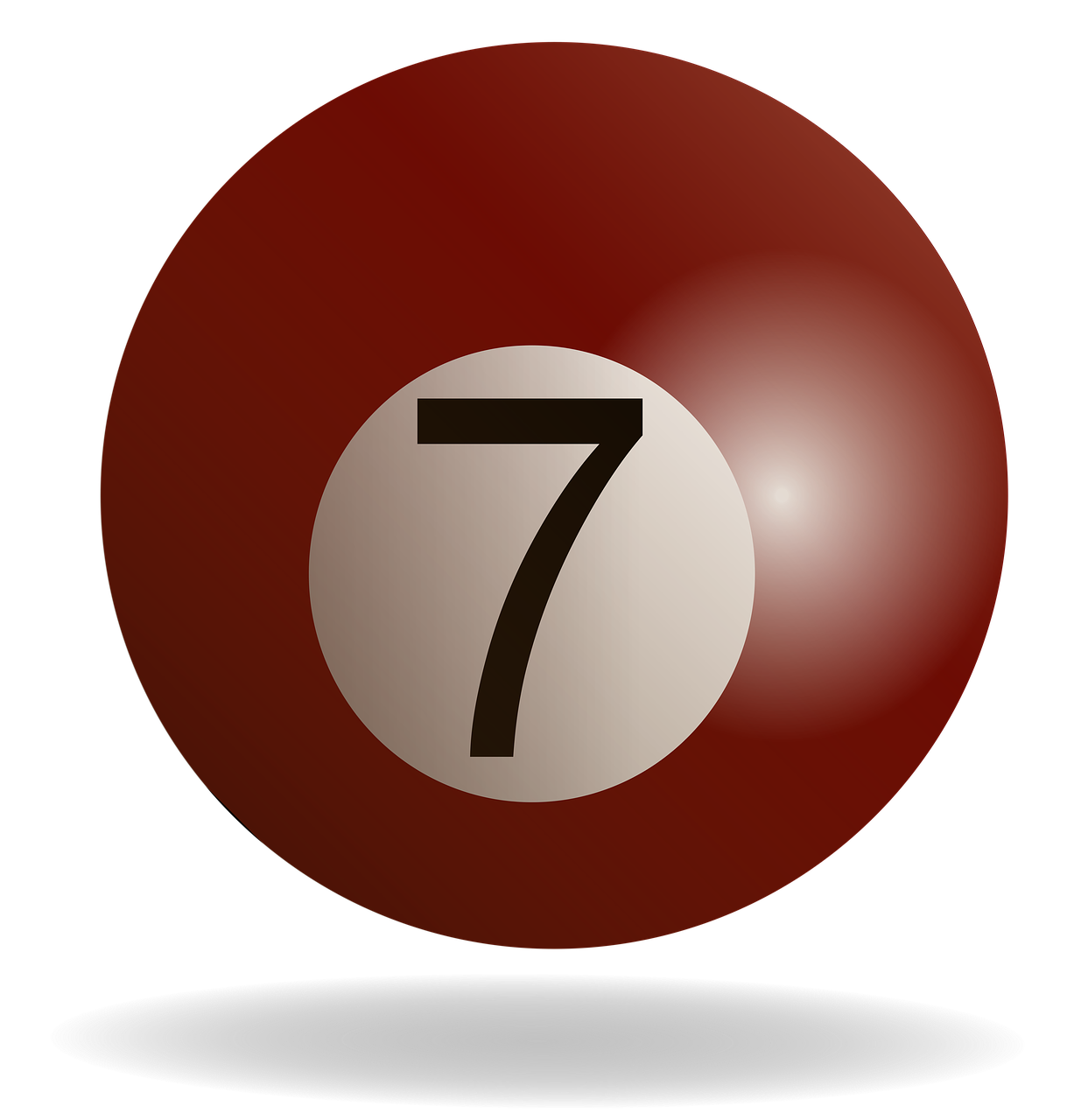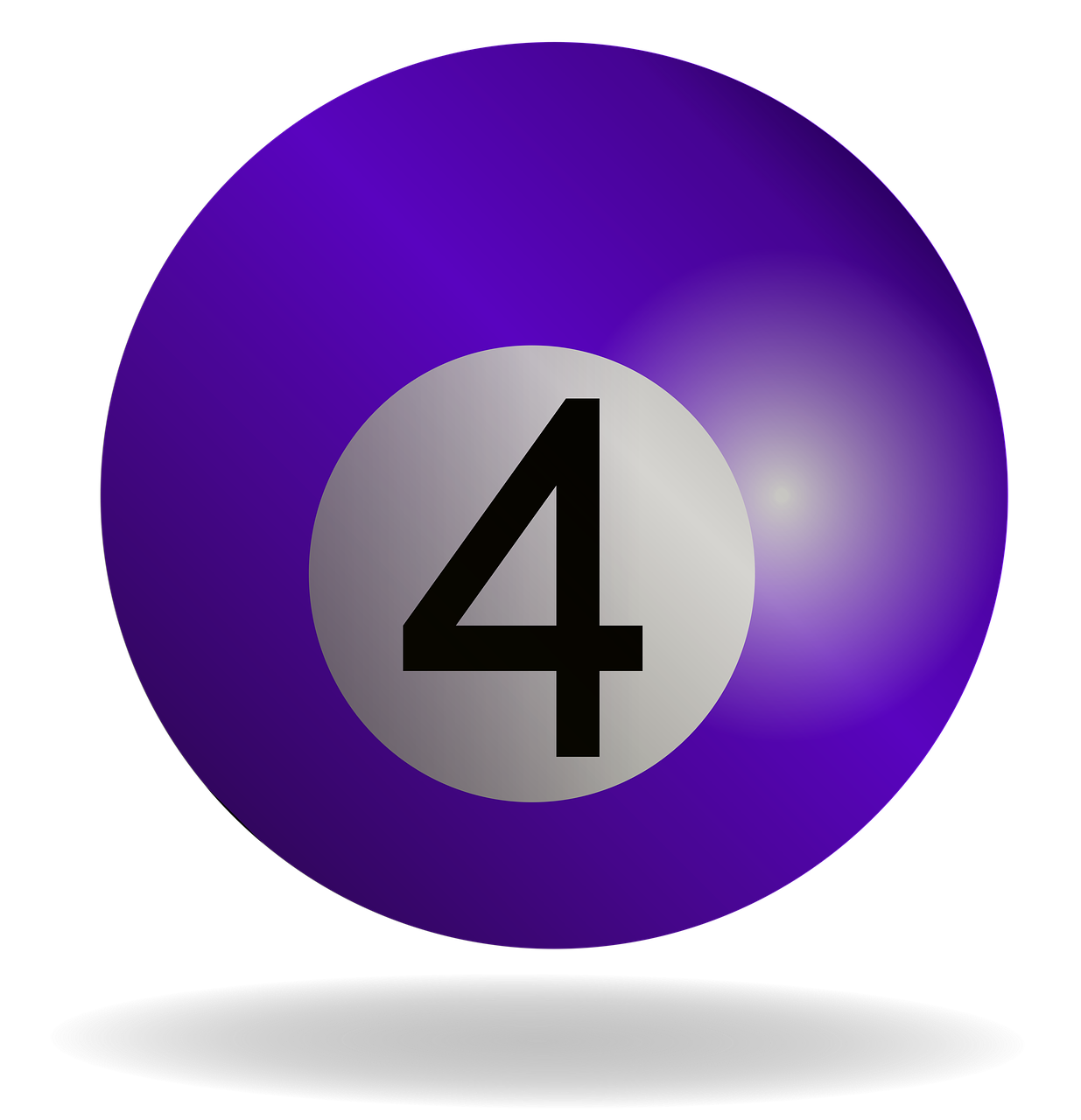Multi-store memory model
 The concept of memory refers to the process by which information is encoded, stored, and retrieved. Cognitive psychologists have suggested ways to conceptualize the architecture and processes of the memory system by making models of memory. In psychology, a model of memory is a hypothesized representation of memory. It is more like an outline of the different stores and processes indicating how memory might work according to available evidence. Obviously, models change over time as new evidence becomes available. In order to understand more about the possible structure and function of memory, researchers within the cognitive approach have suggested models of memory that can be tested to determine their validity.
The concept of memory refers to the process by which information is encoded, stored, and retrieved. Cognitive psychologists have suggested ways to conceptualize the architecture and processes of the memory system by making models of memory. In psychology, a model of memory is a hypothesized representation of memory. It is more like an outline of the different stores and processes indicating how memory might work according to available evidence. Obviously, models change over time as new evidence becomes available. In order to understand more about the possible structure and function of memory, researchers within the cognitive approach have suggested models of memory that can be tested to determine their validity.
Types of memory
Researchers distinguish between different types of memory. This is important because it appears that different types of memory may be stored in different parts of the brain.
Declarative memory (“knowing what”) is the memory of facts and events and refers to those memories that can be consciously recalled. There are two subsets of declarative memory:
Episodic memory contains the memory of specific events that have occurred at a given time and in a given place.
Semantic memory contains general knowledge of facts and people, for example, concepts and schemas and it is not linked to time and place.
Procedural memory (“knowing how”) is the unconscious memory of skills and how to do things.
The multi-store model of memory

Atkinson and Shiffrin (1968) were among the first to suggest a basic structure of memory with their Multi-store Model [MSM] of memory. Although this model seems rather simplistic today, it sparked much research based on the idea that humans are information processors.
The Multi-store model was suggested in the 1960s and is clearly inspired by computer science. The model is based on a number of assumptions. First, the model argues that memory consists of a number of separate locations in which information is stored. Second, those memory processes are sequential. Third, that each memory store operates in a single, uniform way. In this model, short-term memory (STM) serves as a gateway by which information can gain access to long-term memory. The various memory stores are seen as components that operate in conjunction with the permanent memory store (LTM) through processes such as attention, coding, and rehearsal. You need to pay attention to something in order to remember information. According to this model, rehearsal is vital to keeping material active in STM by repeating it until it can be stored in LTM.
The model suggests that sensory information from the world enters sensory memory, which is modality specific - that is, related to different senses, such as hearing and vision. The most important stores in the model are the visual store (iconic memory) and the auditory store (echoic memory). Information in the sensory store stays here for a few seconds and only a very small amount of the information will continue into the short-term memory (STM) store.
The capacity of STM has traditionally been assumed to be limited to around seven items (7+/-2) and its duration is normally about 6–18 seconds. With rehearsal, information may stay in STM for up to 30 seconds. Information in STM is quickly lost if not rehearsed. Information may also be displaced from STM by new information. For example, when you are rehearsing that phone number for ordering the pizza and then someone calls out your name. When your attention is taken away from the information in your STM, it is then displaced and no longer available. Rehearsal of material in STM plays a key role in determining what is stored in long-term memory in the multi-store model of memory.
Research in psychology: Miller's Magic Number 7 (1956)
 The Multi-Store Model argues that STM is limited in both capacity and duration - that is, there is a limited amount of information that can be held in STM for a limited amount of time.
The Multi-Store Model argues that STM is limited in both capacity and duration - that is, there is a limited amount of information that can be held in STM for a limited amount of time.
After running tests to see how many numbers an individual can recall in a sequence of numbers, Miller (1956) proposed the "Magic Number 7" - plus or minus two. According to Miller, the average memory span is between 5 and 9 items. Think about numbers that we are asked to remember - zip codes, passport numbers, social security numbers, telephone numbers - and you will see that they fall between 5 and 9 numbers. There is a psychological reason for this.
Numbers are one thing, but is all information the same? Does it all fit in these 9 "slots?"
Cowan (2010) argues that Miller's magic number 7 may be overly optimistic. In the original task, Miller's participants were asked to memorize a string of numbers, each time increasing by one digit. So, they were asked to memorize something like this:
- 4 3 7
- 6 9 8 4
- 2 5 8 5 1
- 3 1 9 0 2 5
And so on. But Cowan argues that this type of task sets the participant up to employ "processing strategies" that do not reflect how we actually use our short-term memory on a day-to-day basis.
Instead, Cowan had participants recall a "running span procedure" - that is, they listened to a list of numbers but they did not know in advance how long the list would be. He found that participants recalled a range of 3 - 5 digits, not 5 to 9.
 Cowan's findings are supported by biological research. fMRIs have shown that the parietal cortex of the brain plays a key role in short-term (working) memory. Brain scans indicate that activity in the parietal cortex correlates with STM capacity - where activity increases with every additional number that needs to be recalled, until four digits. Then activity in this part of the brain levels out. (Vogel and Machizawa, 2004).
Cowan's findings are supported by biological research. fMRIs have shown that the parietal cortex of the brain plays a key role in short-term (working) memory. Brain scans indicate that activity in the parietal cortex correlates with STM capacity - where activity increases with every additional number that needs to be recalled, until four digits. Then activity in this part of the brain levels out. (Vogel and Machizawa, 2004).
This is a good example of the problem of using artificial procedures in laboratory experiments. The original research by Miller had low ecological validity - and today research challenges the belief that STM memory can hold up to 9 digits. How many of you cannot remember your telephone number?
The long-term memory (LTM) store is conceptualized as a vast storehouse of information. This storehouse is believed to be of indefinite duration and of potentially unlimited capacity, although psychologists do not know exactly how much information can be stored there. The material is not an exact replica of events or facts but is stored in some outline form. Memories may be distorted when they are retrieved because we fill in the gaps to create a meaningful memory. This is exactly what is predicted by schema theory.
Evidence in support of the model
In the biological chapter, we looked at the case study of HM (Milner,1966). This is just one example of biological evidence that STM and LTM are located in different stores in the brain. In Milner's study, HM had anterograde amnesia - that is, he could not transfer new information to long-term memory; however, he still had access to many of his memories prior to his surgery. However, the fact that he could create new procedural memories shows that memory may be more complex than the MSM predicts.
Glanzer and Cunitz (1966) used free recall of lists of 15 items combined with an interference task to show that there are two processes involved in retrieving information. The researchers showed fifteen lists of 15 words one at a time. The researchers used a repeated measures design in which the participants were asked to recall the words either with no delay, with a 10-second delay, or with a 30-second delay. With no delay, the first five and last three words were recalled best but with a 10 or 30-second delay during which the participant counted backward there was little effect on the words at the beginning of the list but poor recall of later items. This suggests that the later words were held in short-term storage and were lost due to interference whereas the earlier words had been passed to long-term storage. The ability to recall words at the beginning of the list because they had already been transferred to long-term memory is called the primacy effect. The ability to recall words that have just been spoken because they are still in short-term memory is called the recency effect.
Evaluation of the multi-store model of memory
Today the multi-store model is considered to be too simplistic. It reflects the knowledge available in the 1960s but it is an important model all the same because it has influenced our understanding of memory. First of all, it presents a good account of the basic mechanisms in memory processes (encoding, storage, and retrieval). Secondly, several experiments support the assumption of multiple memory stores. There is also supporting evidence from case studies of patients with brain damage, such as HM suffering from amnesia, who have impaired long-term memory but intact short-term memory. This clearly points towards multiple memory stores.
The assumption that STM is simply a gateway to LTM has been challenged by Logie (1999). He argues that information in STM is not simply passed into LTM through rehearsal. Instead, there must be an interaction between STM and LTM in which the information is interpreted with regard to previously-stored knowledge and past experience. Short-term memory is therefore not part of a sequential system but rather a 'work station' that handles and computes information coming from the sensory store together with knowledge already stored in LTM. This also is what schema theory would predict.
Strengths of the MSM
- There is significant research to support the theory of separate memory stores - both experimental research and in biological case studies of patients with brain damage.
- The model is of historical importance. It gave psychologists a way to talk about memory and much of the research which followed was based on this model.
Limitations of the MSM
- The model is over-simplified. It assumes that each of the stores works as an independent unit.
- The model does not explain memory distortion.
- The model does not explain why some things may be learned with a minimal amount of rehearsal. For example, once bitten by a dog, that memory is quite vivid in spite of the lack of rehearsal.
- There are several times that we rehearse a lot to remember material and it is not transferred to LTM.
Checking for understanding
Which is true about Short Term Memory?
According to Atkinson and Shiffrin, the first step in placing information into memory storage is
Which of the following determines whether information moves from sensory memory to short-term memory?
Remembering the first and last items of a list better than the items in the middle of a list can be explained by
Which of the following is not a limitation of the MSM?
What is the key difference between Miller's (1956) and Cowan's (2010) research on STM capacity?
Cowan made us of a "running span procedure" which meant that participants were less likely to develop strategies for memorization as they approach the task. These strategies he called "processing strategies."

 IB Docs (2) Team
IB Docs (2) Team
